India is a land steeped in spiritual and cultural richness, where every corner of the country holds stories from ancient times. One of the most cherished and revered epics in Indian culture is the Ramayana, a sacred text that has significantly influenced India’s religious and cultural fabric. The tale of Lord Rama’s journey — from his exile in the forest to his battle with the demon king Ravana — is not only one of love, duty, and valor but also a narrative closely connected to India’s geography and spiritual landmarks.
For pilgrims, spiritual seekers, and travelers alike, the Ramayana Tour offers a remarkable opportunity to explore the temples, sacred landscapes, and holy sites mentioned in this epic. This journey will lead you through some of India’s most iconic locations, each telling a part of this divine story. Let’s take a step-by-step walk through the sacred route across the country.
1. Ayodhya (Uttar Pradesh) – The Birthplace of Lord Rama
The journey starts in Ayodhya, believed to be the birthplace of Lord Rama. Situated along the banks of the Sarayu River, Ayodhya houses several significant sites related to the Ramayana, including the renowned Ram Janmabhoomi Temple, where Lord Rama is said to have been born. Devotees gather here to seek blessings and offer prayers. Other must-visit places in Ayodhya include the Hanuman Garhi Temple, Kanak Bhawan, and Guptar Ghat, where Lord Rama is believed to have left for his heavenly abode.
2. Chitrakoot (Uttar Pradesh/Madhya Pradesh) – The Forest Retreat
Chitrakoot is a tranquil and sacred town where Lord Rama, along with his wife Sita and brother Lakshmana, spent a considerable part of their exile. Located on the border of Uttar Pradesh and Madhya Pradesh, Chitrakoot is an essential stop for those following the Ramayana path. The Ram Ghat, a revered bathing spot, and Kamadgiri Hill, believed to be where Lord Rama meditated, are significant locations here. Visitors can also explore the Bharat Milap Temple, where Lord Rama’s brother Bharat is said to have met him during his exile.
3. Nashik (Maharashtra) – The Ashram of Sita
In Nashik, Maharashtra, one of the most important episodes of the Ramayana takes place: the abduction of Sita by Ravana. Nashik is also home to the Panchavati, the area where Lord Rama, Sita, and Lakshmana lived during their exile. Notable attractions in Nashik include the Kalaram Sansthan Temple, Saptashrungi Temple, and the Trimbakeshwar Temple, dedicated to Lord Shiva, enhancing the spiritual experience of this city.
4. Hampi (Karnataka) – The Kingdom of Kishkindha
A UNESCO World Heritage site, Hampi is known for being the location of the ancient kingdom of Kishkindha. This is the land of the mighty Vanaras (monkeys) and the birthplace of Lord Hanuman. According to the Ramayana, it was here that Lord Rama met Hanuman and his monkey army, which played a crucial role in rescuing Sita from Ravana. Highlights in Hampi include the Virupaksha Temple, Rama Temple, and Anjaneya Hill, believed to be the birthplace of Hanuman.
5. Rameswaram (Tamil Nadu) – The Sacred Bridge to Lanka
Rameswaram is of immense significance in the Ramayana. It is the place where Lord Rama, with the aid of his army, built the Rama Setu (Adam’s Bridge), a bridge of floating stones, to reach Lanka (modern-day Sri Lanka) and rescue Sita. The Ramanathaswamy Temple in Rameswaram, dedicated to Lord Shiva, is one of India’s holiest shrines and is believed to be the site where Lord Rama worshipped before embarking on his journey to Lanka.
6. Sri Lanka – Crossing the Sea to Lanka
Though not part of India, Sri Lanka plays a vital role in the Ramayana narrative. For those seeking to complete the journey, visiting key locations in Sri Lanka, such as the Sita Eliya Temple (where Sita was held captive) and Ravana’s Cave, offers a deeper connection to the epic. The town of Anuradhapura in Sri Lanka also holds ancient temples and cultural remnants tied to the Ramayana story.
7. Bharatpur (Rajasthan) – The Kingdom of Bharat
Although not as widely recognized as a Ramayana destination, Bharatpur in Rajasthan holds historical significance. It is believed to be the place where Lord Rama’s brother Bharat set up an altar to worship him during his exile. Bharatpur is also known for the Keoladeo National Park, a UNESCO World Heritage site, which provides a unique experience for nature enthusiasts.
8. Deogarh (Uttar Pradesh) – The Battlefields of the Ramayana
Deogarh holds historical importance through its connection to the battle between Lord Rama and Ravana’s forces. It is believed that this region contains ancient temples and forts linked to the epic battle, offering visitors a glimpse into the rich history of the Ramayana.
Practical Tips for the Ramayana Tour:
- Best Time to Visit: The ideal time to embark on the Ramayana Tour is during the winter months (October to March), as the weather is more favorable for travel.
- Mode of Transport: A road trip is the best way to explore the Ramayana circuit, providing flexibility to visit each site at your own pace. Many local travel agencies offer specialized tours for spiritual travelers.
- Accommodation: These sites have well-established hotels, guest houses, and dharamshalas (pilgrim rest houses), catering to different budgets and preferences.

 Canada
Canada
 Sri Lanka
Sri Lanka
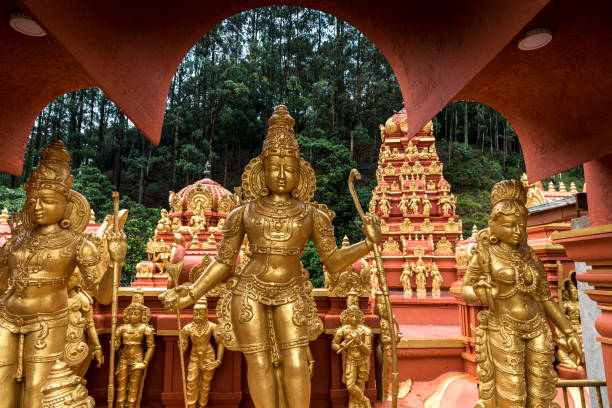
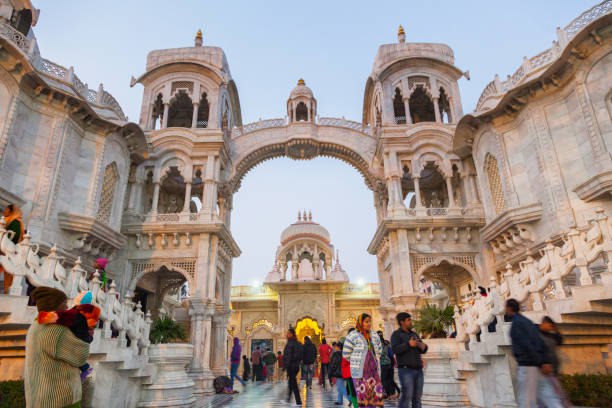
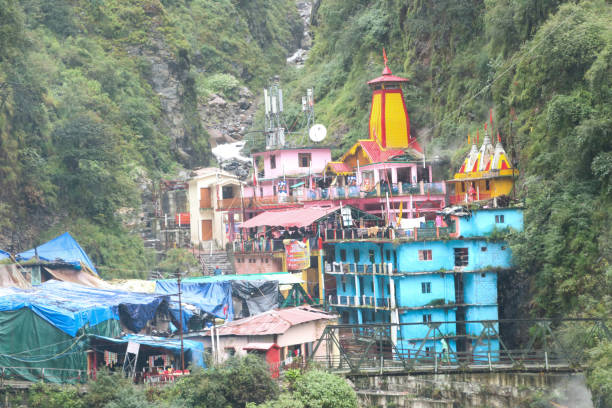
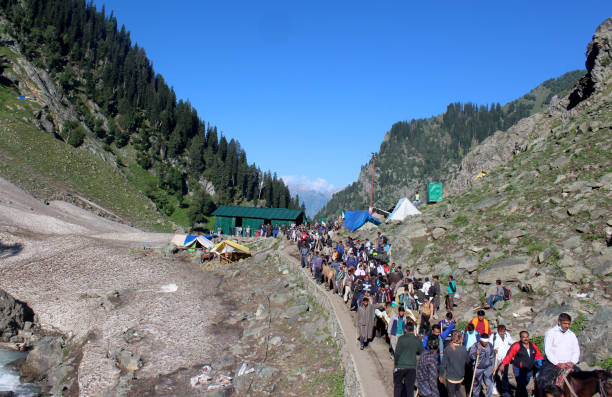
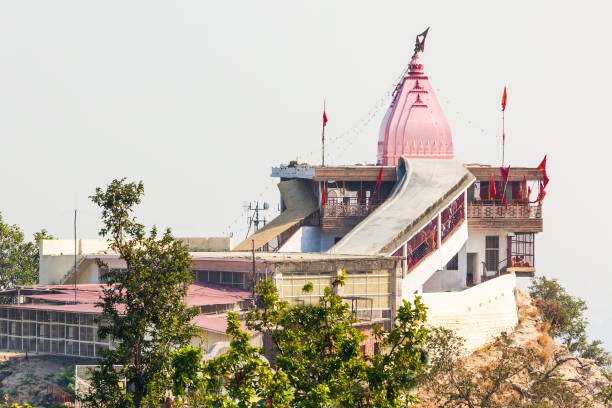
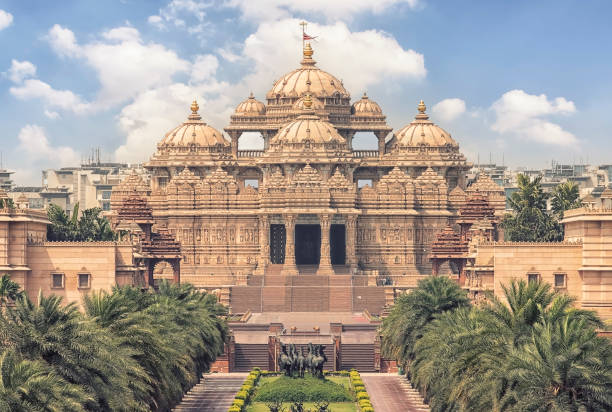
0 comments for this post